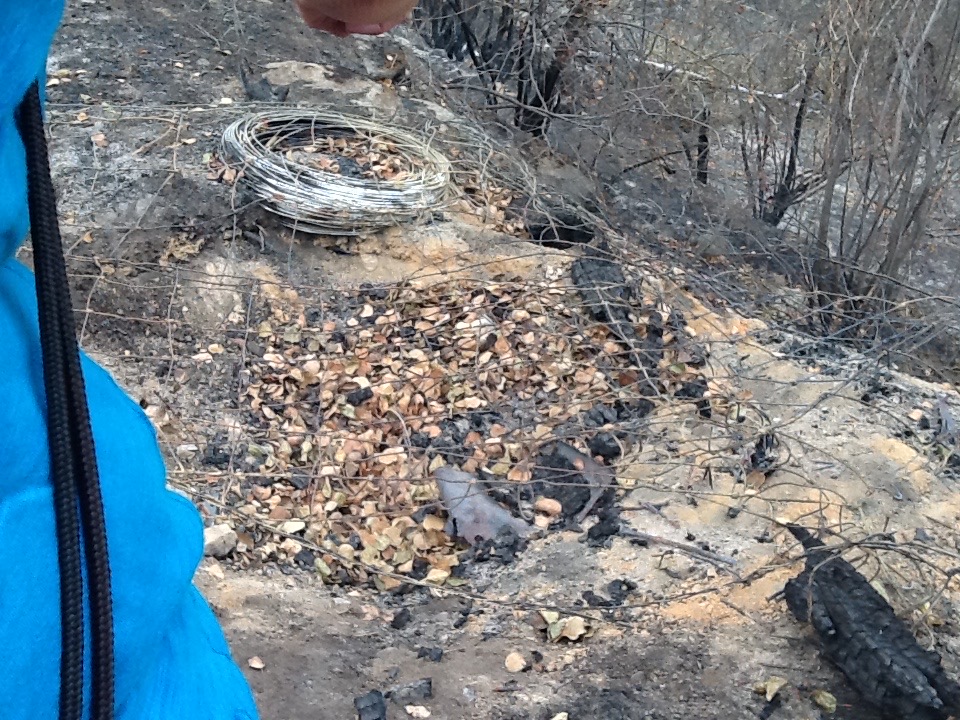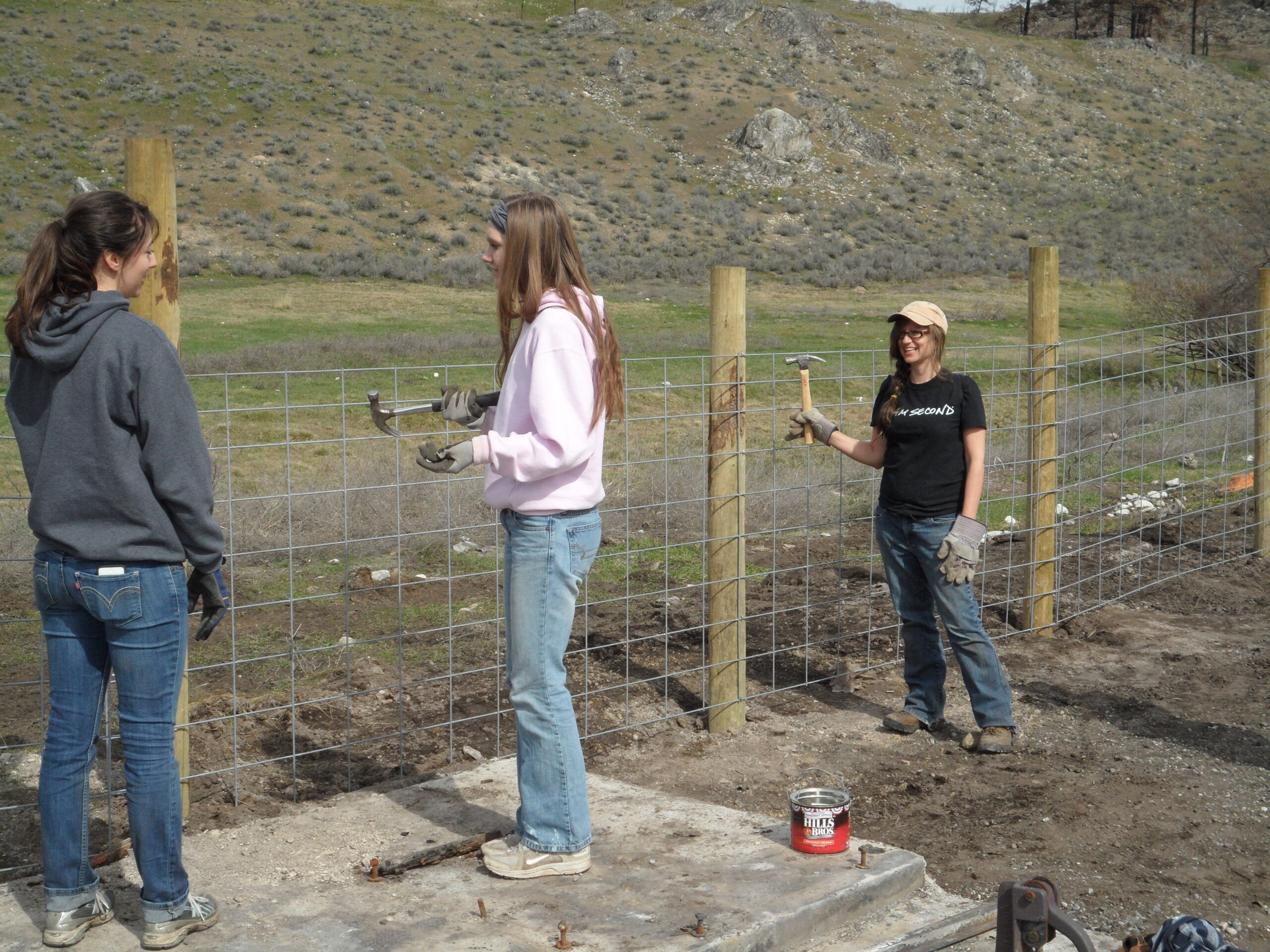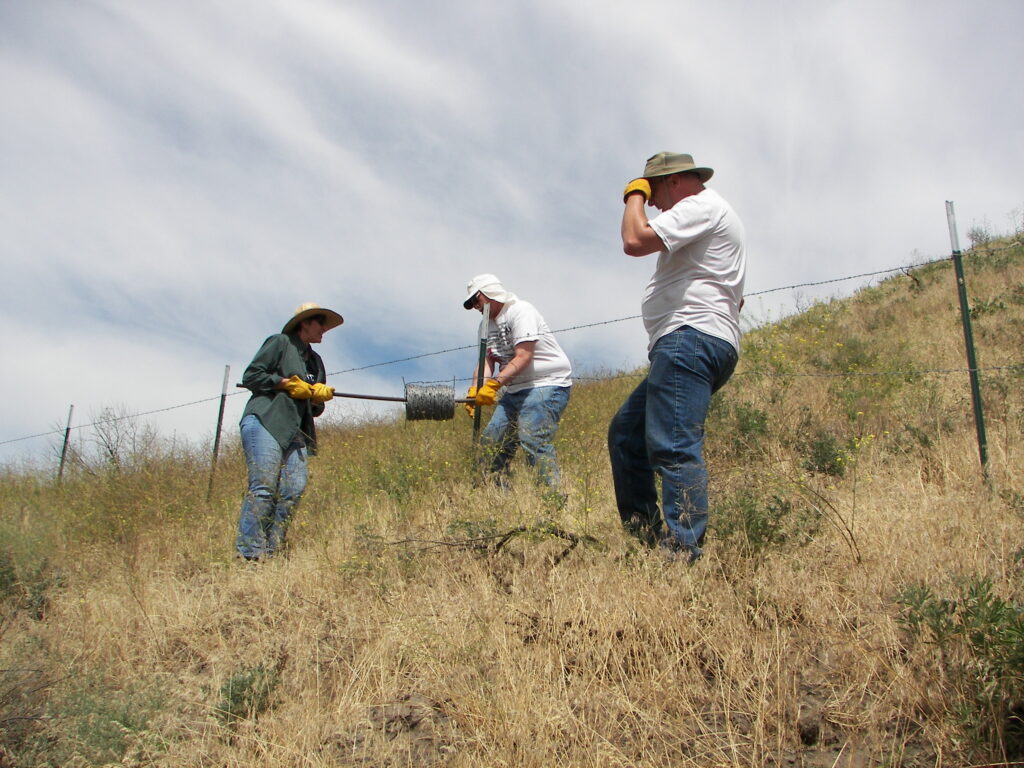Fences have been pinpointed as a culprit in spreading wildfire. You are encouraged to consider the following questions and recommendations both pre and post fire regarding fences.
- Check your insurance policy. Are your fences covered in the event of wildfire? Fence replacement is costly. Understand that donors post fire are less likely to fund private, non-agricultural fencing so be prepared for limited assistance.
- Fence replacement should be attempted as soon as is feasibly possible. Commercial fence contractors take time and money to arrange. In times of high fire damages it can be years to actually get professional help on site to get it completed. Communities can rally with assistance of volunteers to help replace non-commercial fencing.
- If you are in an “open range” area, can you afford to have ranging cattle in your yard throughout the years
- Remove burned trees close to your fence lines as soon as possible. Within two years many of those dead or damaged trees fall and damage fence lines. It is worth the effort to do as soon as you can.
- Consider metal corner posts and periodic fire resistant fence building materials within a fence replacement to help prevent continuous spread of wildfire in the future. Fences are often fuses.
→ For more information on fencing, check out the Rangeland Recovery Resource Guide.



